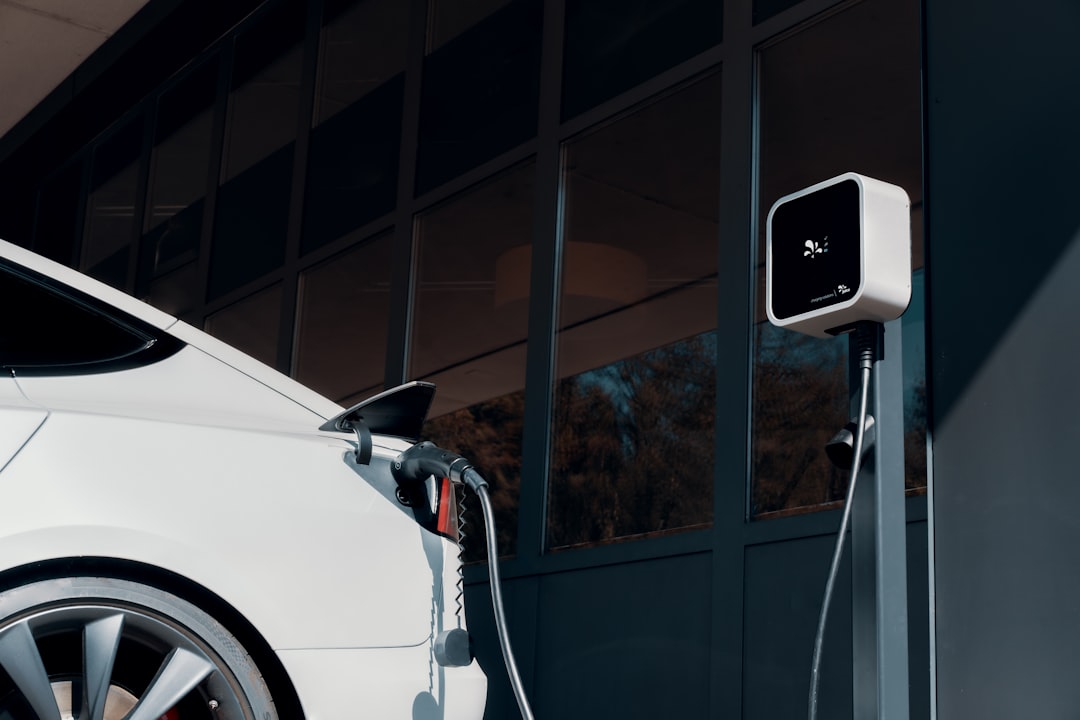In 2024, urban mobility is undergoing a seismic shift, driven by artificial intelligence and electric vehicles. According to a recent report by Bloomberg Green, the number of AI-driven EVs on the road is expected to double by the end of this year, signaling a transformative era for cities worldwide. As these smart vehicles become increasingly integrated into our daily lives, they promise to redefine how we navigate urban landscapes. In this article, we will explore how AI-driven EVs are revolutionizing urban mobility, the latest advancements in AI technology, and what this means for the future of sustainable transportation.
The Rise of AI-Enabled Electric Vehicles
Understanding AI in EVs
AI technology in electric vehicles is not just about self-driving capabilities. It encompasses a wide range of functionalities that enhance the driving experience, improve safety, and optimize energy consumption. Here are some key features:
- Autonomous Navigation: Tesla’s Full Self-Driving (FSD) Beta, which is constantly being updated, allows vehicles to navigate complex urban environments with minimal human intervention.
- Predictive Maintenance: AI algorithms can predict vehicle maintenance needs, reducing downtime and extending the lifespan of EVs.
- Energy Management: AI helps in optimizing battery usage by analyzing driving patterns and suggesting the most efficient routes.
Impact on Urban Infrastructure
The integration of AI-driven EVs into urban environments necessitates changes in infrastructure. Cities are adapting with:
- Smart Traffic Management: AI systems can communicate with traffic lights and other vehicles to reduce congestion and improve traffic flow.
- Enhanced Charging Networks: Companies like ChargePoint and EVgo are expanding their networks, with AI optimizing charging station locations and availability.
Top AI-Driven EV Models of 2024
Leading the Charge: Tesla, Rivian, and Beyond
Several automakers are at the forefront of integrating AI into their electric vehicles. Here are some of the top models redefining urban mobility:
- Tesla Model S Plaid: Known for its advanced AI capabilities, Tesla continues to lead with features like auto lane change, smart summon, and traffic-aware cruise control.
- Rivian R1T: This electric truck incorporates AI for adaptive cruise control and off-road capabilities, making it versatile for both city and adventure.
- Lucid Air: With its DreamDrive Pro system, Lucid Motors offers over 30 driver assistance features powered by AI.
Up-and-Coming Brands
- BYD: China’s BYD is making waves with its AI-driven Han EV, which uses AI for energy efficiency and driver assistance.
- Volkswagen ID.4: Offers AI-enhanced features like voice control and predictive navigation.
Practical Tips for Embracing AI-Driven EVs
How to Charge Your AI-Driven EV
Charging your AI-driven EV efficiently is crucial for maximizing its benefits. Here are some tips:
- Smart Charging: Use apps like PlugShare or the vehicle’s inbuilt system to locate the nearest charging station.
- Off-Peak Hours: Charge during off-peak hours to benefit from lower electricity rates.
- Home Charging: Invest in a home charging station for convenience and cost savings.
What to Compare When Buying
When considering an AI-driven EV, compare:
- AI Features: Look for advanced driver assistance systems (ADAS) and autonomous driving capabilities.
- Battery Range: Consider the vehicle’s range per charge and charging speed.
- Cost: Balance upfront costs with potential savings in fuel and maintenance.
The Future of AI-Driven Urban Mobility
A Greener Tomorrow
AI-driven EVs are a cornerstone of sustainable urban development. They contribute to:
- Reduced Emissions: By replacing fossil fuel vehicles, EVs significantly cut down on urban air pollution.
- Improved Public Transport: AI can enhance public transport systems, making them more reliable and efficient.
Global Trends and Predictions
According to the International Energy Agency (IEA), global EV sales are projected to reach 30 million by 2030, with AI playing a critical role in this growth. Cities like Amsterdam and Oslo are leading the charge, transitioning to fully electric public transportation systems powered by AI.
Conclusion
AI-driven EVs are not just a technological fad; they are the future of urban mobility. By enhancing safety, efficiency, and sustainability, these vehicles are set to transform how we live and move in cities. As we look forward to an AI-powered transportation ecosystem, the benefits for urban environments are clear. What changes are you most excited to see in your city? Share your thoughts in the comments below!
The convergence of EVs, AI, and autonomous technology is painting a promising picture of the future, one where our cities are smarter, cleaner, and more connected than ever. Embrace the change, and let’s drive towards a more sustainable tomorrow.

